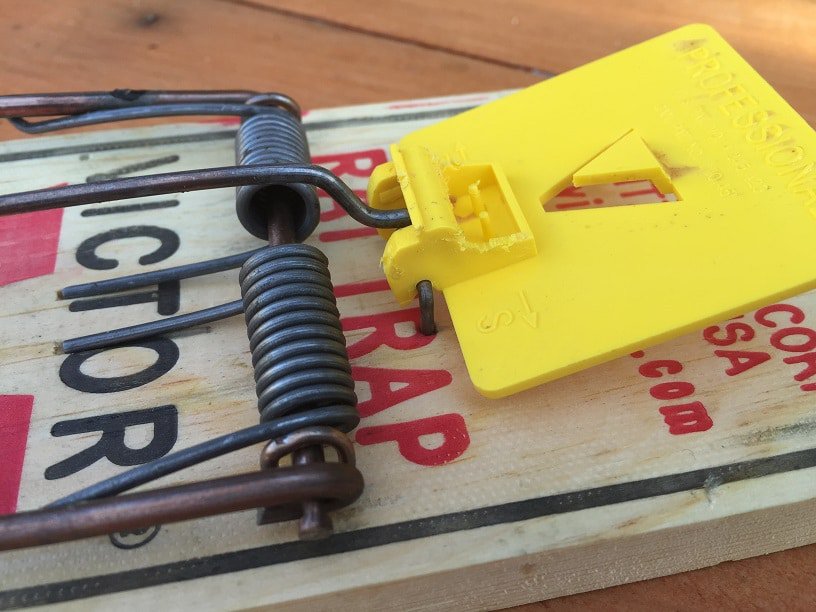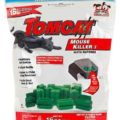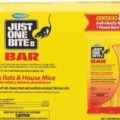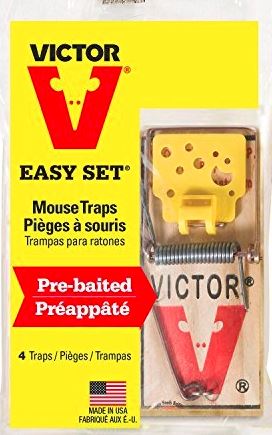Table of Contents

From the previous post, you learned about what rats eat to set the best bait for a rat trap. You tried the steps and followed the tips! You run to your rat killer experts and get the best rat trap. You are all set, and the mouse catcher is geared with the rat-luring munchies. At first, you were able to trick the hungry critters. Days passed, the rats seemed to refuse to bite the bait?
It’s not enough to know what rats eat or where do rats hide. Set the trap like a pro! Today’s guide lets you dig deeper into the mouse lore! Figure out which of the following is why your house pest does not bite the bait.
- The mouse keeps eating bait off a trap.
- The mouse decodes the trap.
- The trap’s location does not bait the right target.
- The bait is not placed correctly inside the trap.
- The type of trap you use is not of good design.
- It is not the right time to set the trap.
How do Rats Outsmart Your Traps?
Does it not? Maybe the real problem is that the rat keeps eating the bait off the trap. If you follow the tips on highly recommended food baits for rat traps, you are doing the right job!
Think smarter. Maybe this time, you need to set the food bait in the correct location. Get a rat trap with a fool-proofed design. Moreover, the time and location of setting the trap are reasons why no mouse bites the bait.
Below explains the reason why the rats outsmart you.
1- The Mouse Feeds on the Bait off Trap
The mouse bites the bait but they do not get trapped? How can this be! You startle yourself when you think that you catch a mouse on the act. But you come to pick up the trap without the food and worse, without the mouse! What happened?
Rats are sneaky. When there’s no food and no mouse, only the trap left insight, it means that the mouse ate the food outside the trap. Rats and mice are wise, you know?
Here’ what happened:
- You use a snap trap, but the food bait is too chunky that the rat ate from out of the trap.
- A rat with longer limbs, like a house mouse or roof rat, can climb, reach the bait and eat without stepping into the trap.
- The trap is open, and it is designed without enough enclosure.
- If you use an outdoor steel trap, the mouse can bite off the thin rails and eat the bait from the outside.
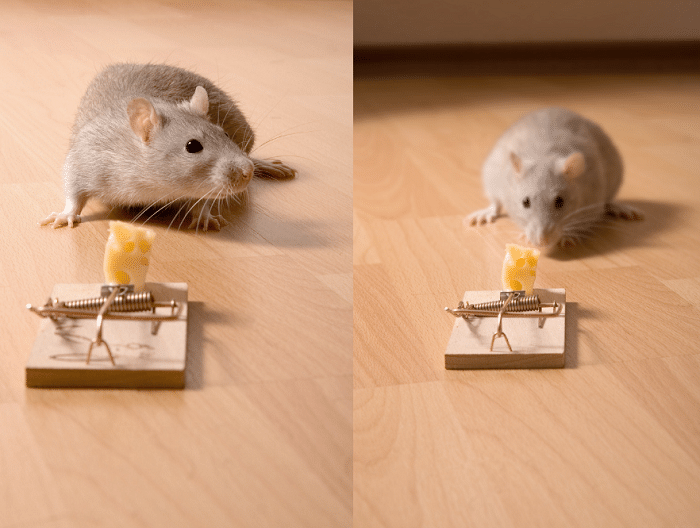
2- The rat does not like the type of food on the bait
Go back to the article on the foods rats eat, which are highly recommended for traps.
Remember that when setting the food baits, you must know the following:
- What type of rat are you after? Is it a Norway rat or a roof rat? There is a difference in what they prefer to eat.
- Are the rats you want to catch wanting to eat, or are they full? Sometimes a house rat is dwelling in your property, not for food but nesting. Find out the reasons as you explore this site.
- The rats become familiar with the food. So if the food becomes too familiar, it is likely that the mouse got used to it, and it’s waiting for the next entree. Try to serve something different next time.
- The rats found out what the food they eat is for. Sometimes rats decoded humans, too. After all, they are animals who can observe human behavior. Sad to say, the pests at your home can act in a way your pets do. They feel your intentions. Rats can be intuitive. If you want to outsmart them, you have to know them too. Knowing the interesting facts about rats helps you.
Rats’ food competition is simply the foods they like to eat. Read the relevant research article to understand how rats behave in a food competition. They will keep coming back if they find more. If the rats can avoid the trap and look for more options, they will.
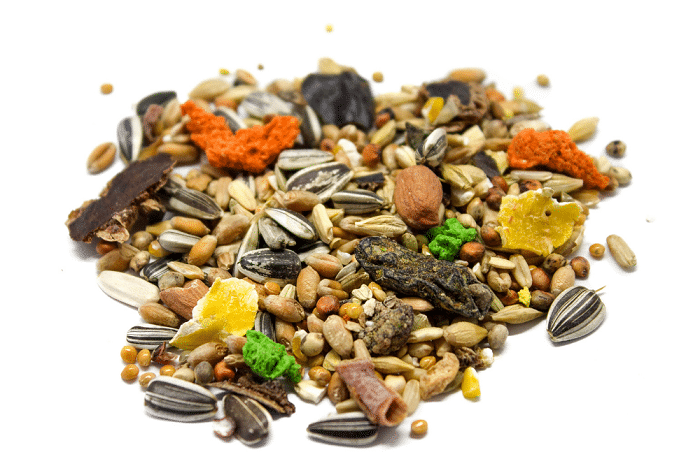
3- The type of Rats you’re after and their location
Previously, you figured out the difference between what Norway rats eat from what the roof rats prefer. Now you need to set a good strategy where to locate your trap.
After knowing climbers eat a trap with nuts and cereals may not bite the bait because it is not where the rats go in and out. Rats poop is one sign that you are near the rats nest.
Know the type of rat you are after and place the trap where they will be more likely to find it.
4- Presence of another food source
Lastly, a rat might not bite the bait because they find another source of food nearby. A smart move is to move the trap away from your food shack.
If you have a food barn outside, then it is probably the best place to trap a rat. But the trick is the rat may choose not to notice the trap and go straight to the barn.
First, find out where a potential entrance might be. Do immediate exclusion by securing the area.
If you suspect that the mice might already be inside the storage, setting a trap might not be effective. Calling a professional rat exterminator is the best option.

